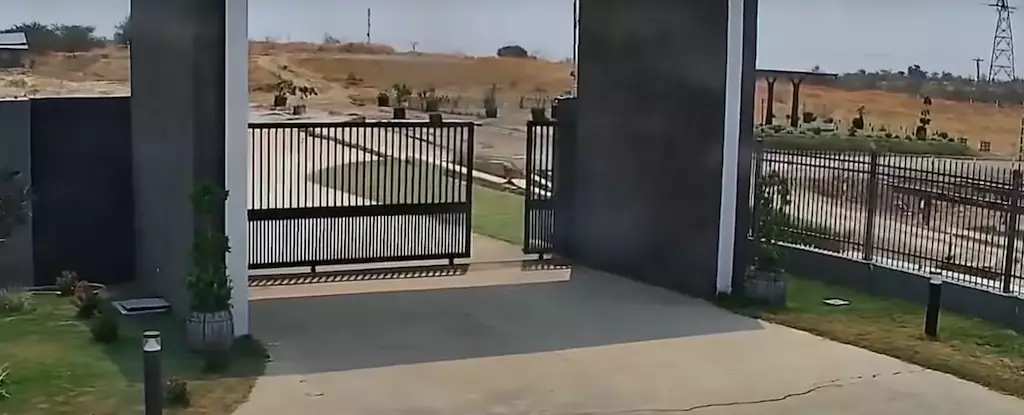In a world increasingly defined by technological advancement, we often forget the unpredictability of nature. The magnitude 7.7 earthquake that struck Myanmar on March 28, 2025, serves as a disconcerting reminder of this potent reality. Frustratingly, turning to data alone does little to evoke the emotional gravity of such disasters. Witnessing the earth itself tearing apart, as dramatized in the haunting video captured by a security camera at the Thapyay Wa solar facility, adds a visceral layer of terror that mere statistics cannot convey. The striking visual of solid ground fracturing and displacing itself by over 6 meters instills a sense of vulnerability that transcends our daily lives.
Nature’s fury does not simply highlight our fragility; it accentuates the horrifying intersection between human existence and geological chaos. While we strive to build infrastructure that can withstand the forces of nature, the sobering reality is that our technology often pales in comparison to the earth’s unpredictable movements. As proud as we are of our civilization’s accomplishments, we are but players in a game governed by forces beyond our comprehension.
The Inferno Beneath Our Feet
The very ground we walk on is an intricate tapestry woven from tectonic plates continually grinding against one another. This geological theater exists quietly beneath layers of urbanity, only to erupt with devastating results. The Sagaing Fault, which played a crucial role in this catastrophic event, was already known for its seismic volatility. The earthquake’s impact—resulting in over 3,700 fatalities and countless injuries—challenges our moral responsibility toward urban planning and disaster preparedness.
The fact that major cities like Mandalay lie perilously close to one of the most active faults evidences a profound lapse in foresight. While some may argue that developing infrastructure in high-risk areas is an economic necessity, the price paid in human victimization raises ethical questions that cannot be ignored. As a society, we must reckon with the reality that prioritizing economic gain over human safety can yield calamitous results.
The Dichotomy of Nature and Science
The collected data revealed a rare supershear earthquake, a phenomenon that allows seismic ruptures to outpace surrounding waves, altering our traditional understanding of seismology. Scientific inquiry is our best tool for understanding these catastrophic events, but it often lacks the urgency that real-time experiences impart. While Rick Aster, a geophysicist at Colorado State University, lauds the footage as an unprecedented record of such a rupture, one can’t help but wonder: why are we only reacting now?
Shouldn’t we have been forecasting the consequences of tectonic displacements long before they tear through our cities? The role of scientists becomes increasingly critical as we delve deeper into understanding these natural disasters. However, practical actions stemming from these insights remain glacially slow. Rhetoric about preparedness needs a tangible transformation into action that safeguards lives against unfathomable calamities.
The Human Cost: A Deterrent to Complacency
As we dissect the aftermath of such unimaginable destruction, we must reflect on the human toll embedded within this crisis. The haunting images of destruction reveal not just loss of life but shattered families, communities in ruins, and a nation grappling with the weight of grieving souls. While the data reveals the geographical ramifications, the human stories encapsulated in this tragedy highlight the need for urgent, focused action and advocacy.
Secondary disasters, cascading from the initial earthquake, emphasize the interconnected nature of our urban ecosystems. The reported infrastructure failures, stretching all the way from Myanmar to Bangkok, challenge the notion that any nation can exist in isolation. We share this planet; therefore, we share the risks. It is imperative that cooperation among nations extends beyond business as usual and extends toward a commitment to resilience.
In the shadow of calamity, we are also reminded of the irreplaceable vulnerability of life. The insatiable quest for economic growth cannot overshadow urgent humanitarian needs for safety and infrastructure that prioritizes resilience against geological uncertainties. Let us not allow the harrowing majesty of nature to vanish into statistics, but rather inspire action that reverberates from the ground beneath our feet to the highest echelons of policy-making.


Leave a Reply